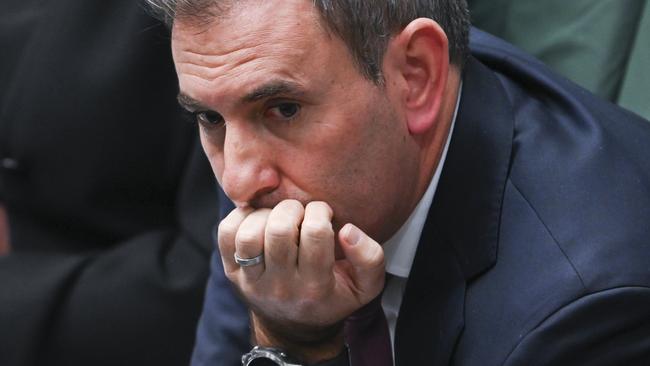
In reality, most of the FMIA is simply repackaged policies jammed into a box with a new title. The political reality is that one of its main components, the National Reconstruction Fund with its $15bn of funding, was not cutting through with the electorate. There has been so little commercial interest in the NRF, notwithstanding the “free” government money on offer, that the understandably infrequent board meetings were not going to meet the required number of meetings under the law.
While there may be general public support for stuff being made in Australia, the actual content and the speed of delivery of this initiative are likely to leave voters feeling dissatisfied. The Treasurer is kidding himself when he talks about Australia’s advantages of “our industrial resources, skills and energy bases and our attractiveness as an investment destination”.
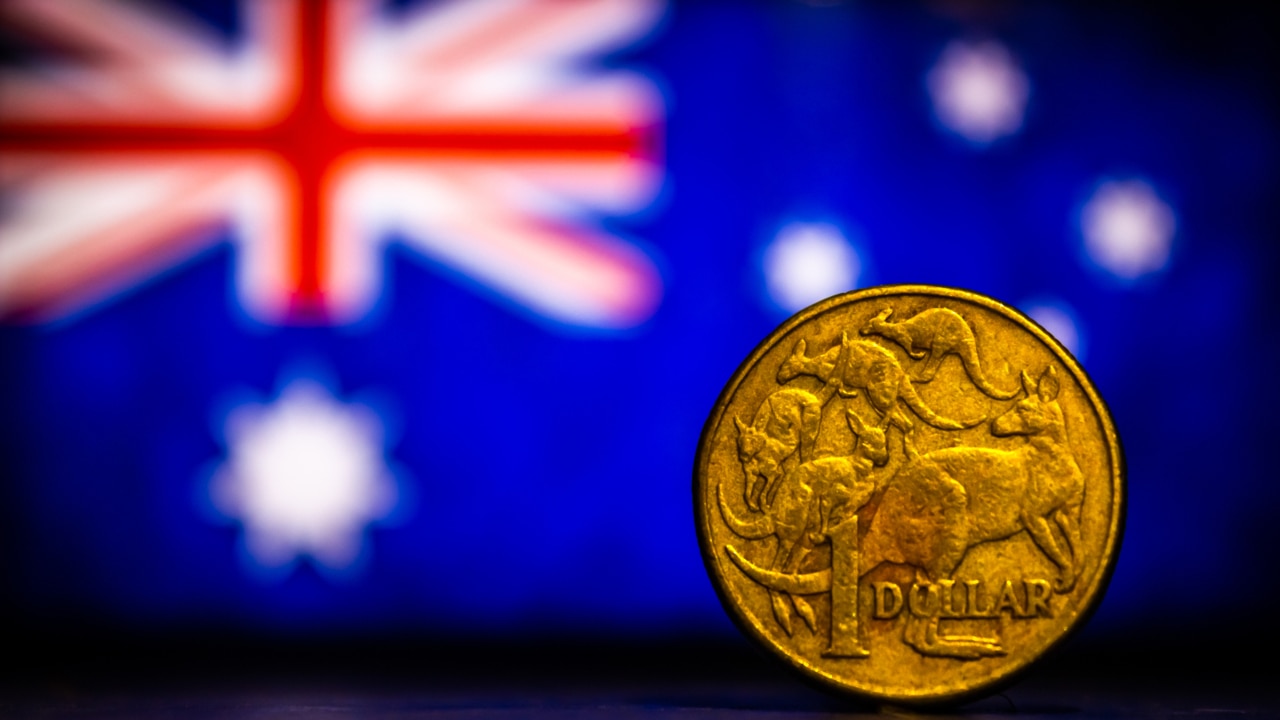
The truth is that we have high labour and energy costs, our electricity system is becoming unreliable and our resources are hardly unique.
One of our key comparative advantages is the extraction of iron ore, coal and gas, but these commodities are of no interest to the government, although it is happy to receive the tax dollars.
Of course, no one would deny that “the world is changing and the pace of change is accelerating”. But Chalmers needs to keep up with the latest developments before he makes unfounded claims about the potential for renewable energy to form the basis of our future industrial development.
The markets for most critical minerals have tanked recently, particularly nickel and lithium. Green hydrogen is going nowhere overseas and even less so here. All that talk about Australia being a renewable energy superpower is just that – talk.
The balance of overseas developments involves a shifting away from net zero, although there is a noticeable uptick in investment in nuclear energy, something the Albanese government simply refuses to acknowledge.
The conservative opposition in Canada is likely to win the next election and is pledging to rescind its carbon tax. If Donald Trump become US president again, he may seek to withdraw from the Paris climate agreement (again). There will be considerable support for the fossil fuel industry in the US, support that was reduced only marginally under the Biden administration.
Post the EU parliament election, climate policies are being furiously adjusted in several countries, including Germany.
To be sure, the new Labour government in Britain will be full steam ahead with the promotion of renewable energy but the country accounts for an even lower proportion of global emissions than we do.
And, of course, China, India, Russia and most developing countries pay lip service to net zero at best; many simply ignore it. Affordable and reliable energy is a much higher priority than some ephemeral commitment to net zero in several decades.
The Treasurer also appears to be strangely bad at numbers. And the numbers relevant to the FMIA are worth looking at.
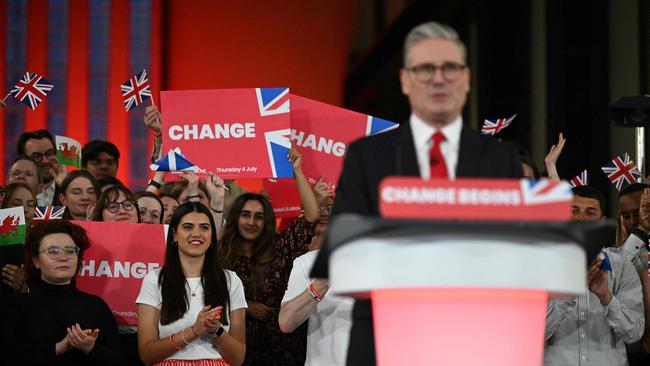
For example, in the latest Integrated System Plan released by the Australian Energy Market Operator, it is estimated that an additional 25,000km of high-voltage transmission lines will be required for Australia to become a renewable energy superpower. This is both extraordinarily expensive and impractical.
Then we come to green hydrogen and the scope to make green steel, another pipedream of the government. The numbers simply don’t add up, even though the government has estimated that $6.7bn across 10 years will be spent on production subsidies in addition to $2bn for the “hydrogen headstart” program.
Consider this example. For four million tonnes of green hydrogen to be produced annually at the Gladstone, Queensland hub, 110 gigawatts of renewable energy will be needed. Bear in mind that the total capacity of the entire east coast national electricity market is a tad over 54GW. To achieve this, 10,000 wind turbines will be needed around Gladstone as well as 2500sq km of solar panels. In other words, it ain’t going to happened.
Alan Kohler has also worked the numbers. According to his calculations, “the estimated cost of $670m per year would subsidise 335 million kilograms of hydrogen at $2 per kilogram, which would make five million tonnes of steel requiring eight million tonnes of iron ore. That’s 0.84 per cent of Australia’s iron ore exports … and hardly worth doing.”
The reality is that the early hype of green hydrogen has now died down. The idea that Australia could become a major exporter of green hydrogen is highly unlikely, with the use of intermittent power ill-suited to power expensive equipment 24/7.
The only bit of good news with the FMIA scheme is the expected outlay is just under $23bn across 10 years. By the standards of government programs, this looks relatively modest.
To be sure, there are some serious risks – the uncapped nature of the production subsidies and tax credits is one example.
But the real damage is the message that it sends to investors: don’t bother seeking out profitable opportunities that can meet customers’ needs as well as make money; head for Canberra to seek handouts.
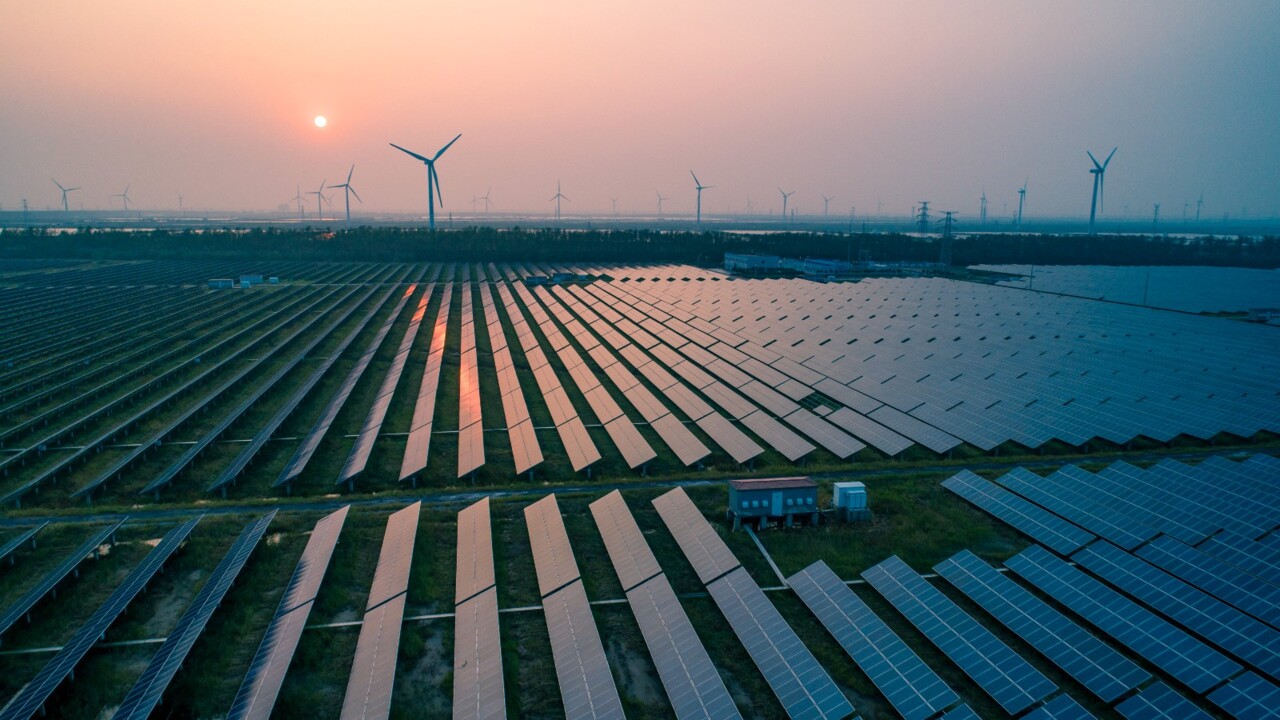
The distortion to the allocation of capital is the real cost of these wrongheaded interventions, a lesson that was learnt in the past (think WA Inc, the Victorian Economic Development Corporation, and so on) but has been unlearnt by the Albanese government.
The initial cabs off the rank under the FMIA are particularly dispiriting, including throwing close to $1bn at a solar panel manufacturing plant in the Hunter Valley. The market for solar panels, which is dominated by China, is extremely competitive and oversupplied, with low or negative returns for operators.
The decision to spend another $1bn on a US-based infant quantum computing firm is equally depressing. Awarded without any formal competition or explicit guidelines, this grant has all the hallmarks of potential disaster, particularly as we are being told that there may be a few jobs in Queensland but the main benefit will be our right to use the computer, if it ever works.
In a recent article in Nature, it was noted that while “scientists are exploring the potential of quantum machine learning, (it’s unclear) whether there are useful applications”.
The bottom line is that the world may have changed but the economic rules are essentially the same. Offering massive subsidies to selected firms within preferred industries is not a game we should play. The Treasury should be telling the government this, but its officials are strangely silent – even supportive. It is simply not possible for governments to pick winners, but losers are very good at targeting governments.





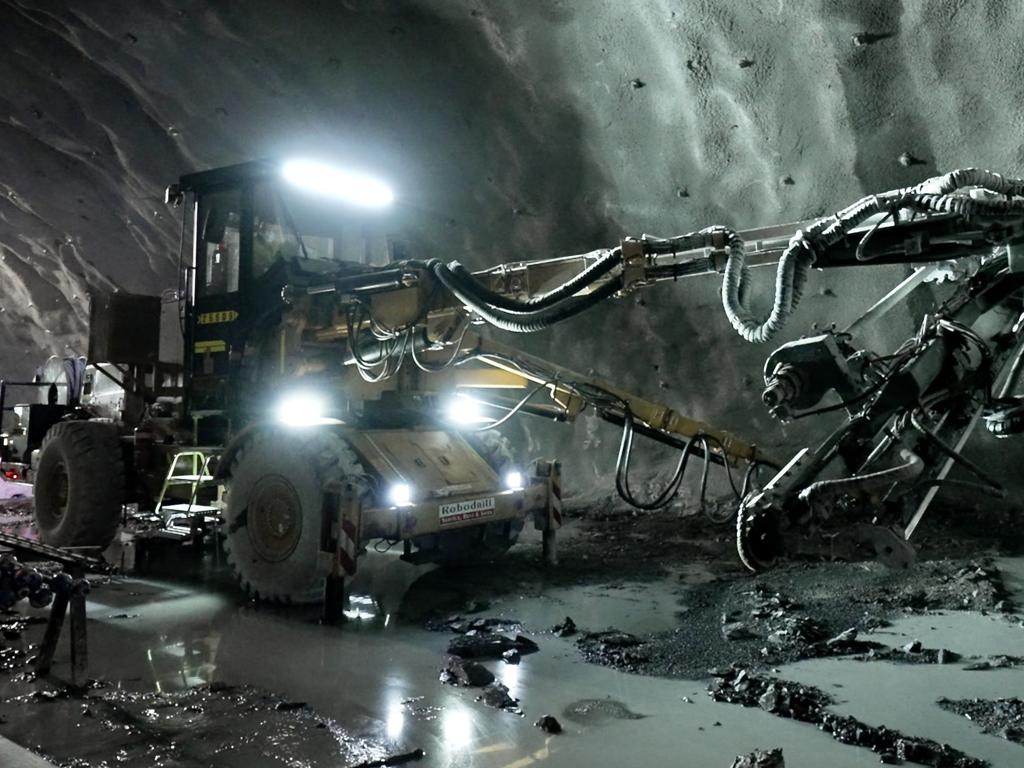
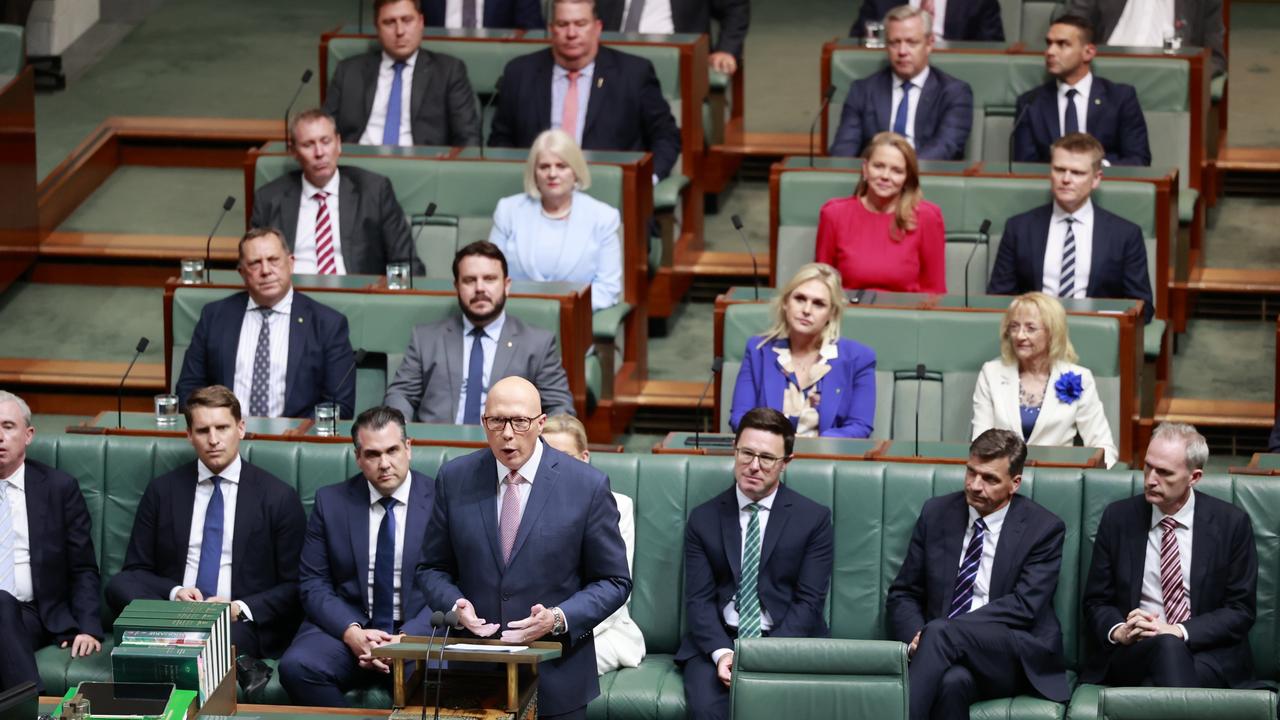
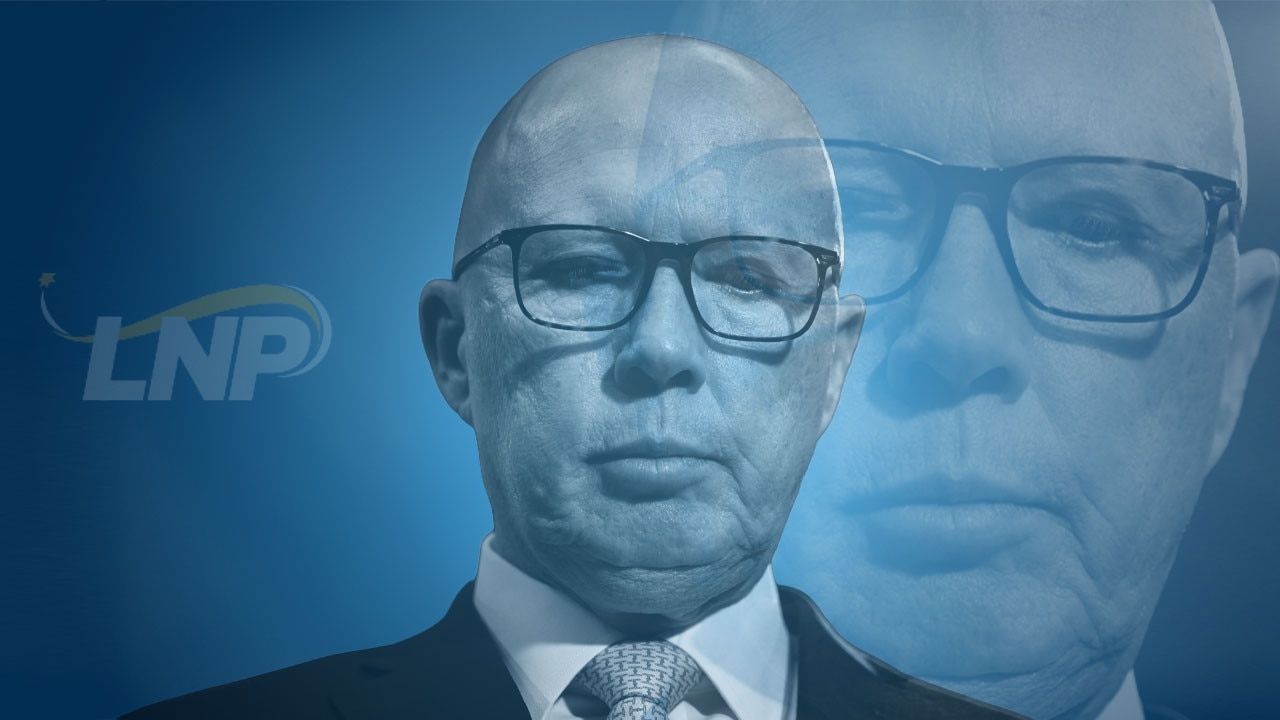
Last week Jim Chalmers introduced the Future Made in Australia Bill into parliament. It is a cross between Trumpian chest-beating and old-style government picking winners. It smacks of crony capitalism cloaked in an unconvincing rationale about the “global economy being transformed by the net-zero opportunity”.